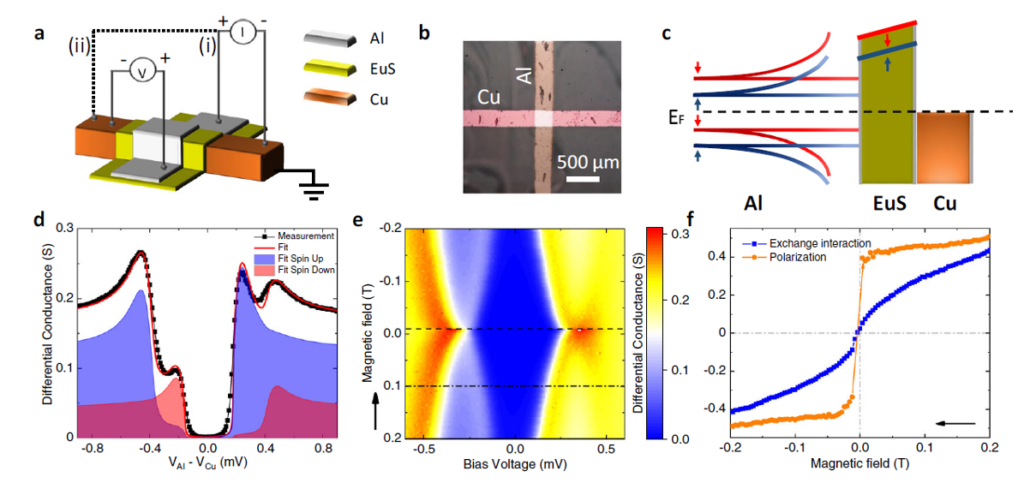A superconducting tunnel diode
Diodes are everywhere these days as they are key elements for electronics, optics, and detection. A diode is an electronic device with two electrodes. In the obsolescent thermionic diode a heated cathode emits electrons, which flow across the intervening vacuum to the anode when a positive potential is applied to it. The device permits flow of current in one direction only as a negative potential applied to the anode repels the electrons. In the current semiconductor diode, a p-n junction performs a similar function. The forward current increases with increasing potential difference whereas the reverse current is negligible.
More technically, the same idea can be expressed as follows: diodes are non-linear and non-reciprocal circuits in which a lack of spatial inversion symmetry provides a strongly direction-selective electron transport. In the long and successful history of diodes, the material search for this symmetry breaking has been mainly focused on semiconducting and metallic junctions.
However, due to their large energy gap, semiconductors cease to work at sub-Kelvin temperatures, relevant for emerging cryogenic electronics and ultrasensitive detection, especially at sub-THz frequencies. This problem could be partially solved by using low-dimensional structures like quantum dots, which do exhibit current rectification. But, given that the electron-hole symmetry in quantum dots can be tuned only within the level of a single quantum channel, the impedance of such systems tends to be high, and the rectified currents thereby very low, limiting the value of this approach.
Superconductors would be ideal candidates for the realization of cryogenic diodes and detectors due to their intrinsically low impedance, and the lower energy scales of the superconducting gap (∼meV) compared to semiconductors (∼eV). Still, the implementation of a superconducting diode turns out to be difficult since it requires breaking of the electron-hole symmetry, whereas the BCS superconducting state is, by definition, electron-hole symmetric.

Ona approach is to build a quasi-particle counterpart. This is what a team of researchers has just done 1: a superconducting tunnel diode with zero conductance in only one direction.
When both spin filtering and splitting are present it is possible to break the electron-hole symmetry of the system and generate direction-selective electron transport . Ferromagnetic insulators like Eu-based chalcogenides combined with superconductors seemed appropiate for the realization of this kind of superconducting spintronic device.
The direction-selective propagation of the charge is obtained through the broken electron-hole symmetry induced by the spin selection of a ferromagnetic tunnel barrier: a EuS thin film separating a superconducting Al and a normal metal Cu layer.
The Cu/EuS/Al tunnel junction achieves a large rectification (up to ∼40%) already for a small voltage bias (∼200 μV) thanks to the small energy scale of the system: the Al superconducting gap.
With the help of an analytical theoretical model, the maximum rectification can be linked to the spin polarization of the barrier and describe the quasi-ideal Shockley-diode behaviour of the junction. This cryogenic spintronic rectifier is promising for the application in highly-sensitive radiation detection. In addition, the superconducting diode may pave the way for future low-dissipation and fast super-conducting electronics.
Author: César Tomé López is a science writer and the editor of Mapping Ignorance
Disclaimer: Parts of this article may have been copied verbatim or almost verbatim from the referenced research paper/s.
References
- E. Strambini, M. Spies, N. Ligato, S. Ilić, M. Rouco, Carmen González-Orellana, Maxim Ilyn, Celia Rogero, F. S. Bergeret, J. S. Moodera, P. Virtanen, T. T. Heikkilä & F. Giazotto (2022) Superconducting spintronic tunnel diode Nature Communications doi: 10.1038/s41467-022-29990-2 ↩